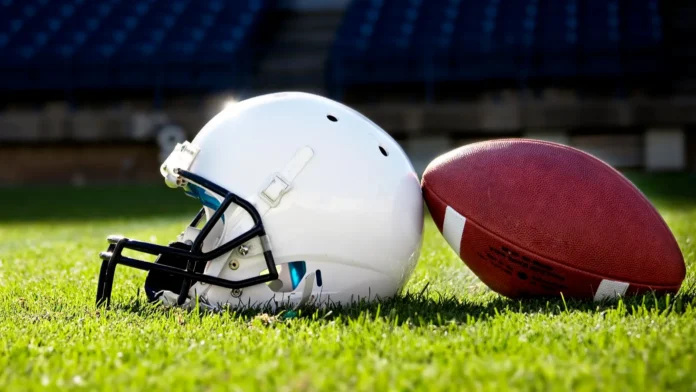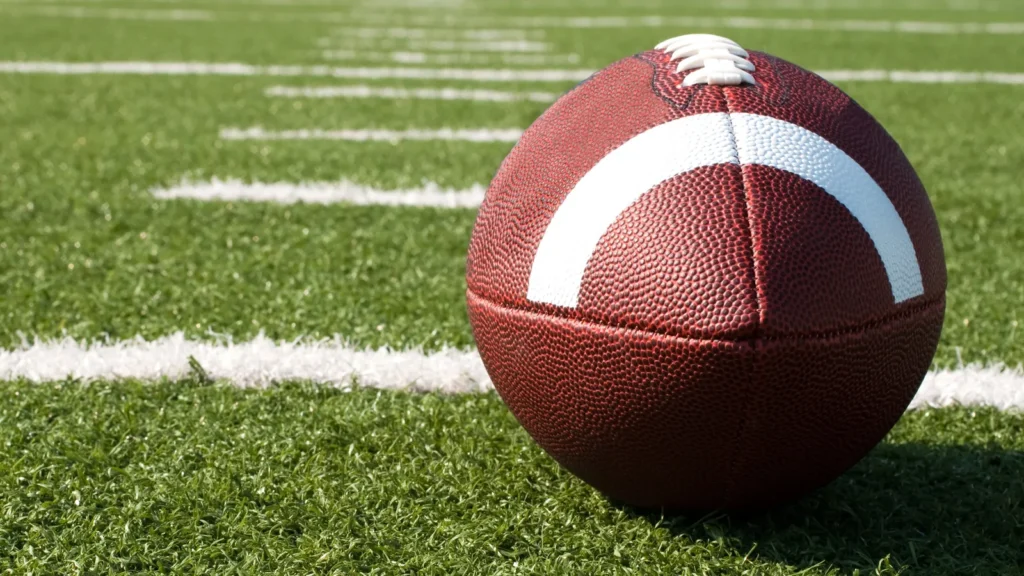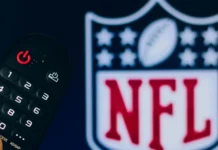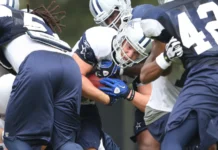
The NFL draft is one of the biggest events in American football.
Every team hopes its picks will become future stars who can change the game and lead the franchise to success. But sometimes a player does not live up to expectations.
These players are known as draft busts. When a team picks a bust, it can hurt the franchise for years or even decades. In this article, we will explore how draft failures affect a team’s performance, finances, fan trust, and long-term decision-making long after the player is gone.
The Cost of a Wrong Pick: Financial and Performance Setbacks

When a team spends a high draft pick on a player who does not perform, the financial and on-field consequences can be huge.
One of the most well-known examples is JaMarcus Russell, the No. 1 overall pick in the 2007 NFL Draft by the Oakland Raiders. Russell had a great arm, impressive size, and strong college success, but he never developed the work habits needed for the NFL.
Over three seasons, he threw 18 touchdowns and 23 interceptions and completed just over 52 percent of his passes. The Raiders paid a massive amount of money for him and got very little in return.
That major investment slowed down the Raiders’ rebuilding process. Not only did they waste a top pick, but they also lost valuable years trying to build around a quarterback who never became their leader. The result was a long stretch of poor offensive performance and a costly search for a replacement.
Another example is Akili Smith, the No. 3 pick in the 1999 draft by the Cincinnati Bengals. Smith signed a seven-year contract that included a large signing bonus and incentives that could have brought the total value much higher. He missed a large part of his rookie training camp because of contract disagreements, which delayed his development.
Over his Bengals career, he threw only 5 touchdowns and 13 interceptions. Because he never met expectations, the Bengals lost both money and time, and they had to restart their plan to find a franchise quarterback.
Then there is Lawrence Phillips, picked 6th overall by the St. Louis Rams in 1996. The Rams made the choice to move on from Jerome Bettis on the same draft day because they expected Phillips to become their future star running back.
However, a long series of off-field and behavior problems derailed Phillips’ career. He was released by the Rams the following year. The team ended up losing a proven talent in Bettis and gained no long-term value from Phillips, which hurt them both on the field and in the locker room.
These examples show how a failed pick can cost a franchise money, opportunities, and key players who could have made a real difference.
Longer-Term Franchise Impact: Trust, Reputation, and Risk
Beyond money and stats, draft busts affect a team’s reputation, fan trust, and future decision-making.
Trust with Fans and Ownership
When a high draft pick fails, it can damage the trust fans have in the front office. Fans expect top picks to become valuable players who shape the team’s future. When they do not, frustration grows.
JaMarcus Russell became a symbol of poor choices for the Raiders, and his failure made many fans question the team’s scouting and leadership.

Owners and front office staff also feel this pressure. A big miss can make people wonder if the general manager or scouting team knows how to evaluate talent. When busts happen again and again, fans may believe the franchise cannot make good decisions.
Dragging Down the Rebuild
When a top pick fails, the setback can delay a rebuild. Football teams only have so many chances to add stars, and missing on a major pick slows everything down.
If a team believes it has its future quarterback, but that quarterback fails, the team must use more picks or spend more money to fix the mistake. This slows progress, costs resources, and forces the team to restart its plan.
For the Bengals and Raiders, missing on Smith and Russell meant they had to spend more years searching for a reliable quarterback. Those lost years of development kept them behind more competitive teams.
Risk-Averse Decisions Later

After a major draft bust, teams may become more careful or even fearful when selecting players. Instead of taking a chance on a high-upside player, they may choose a safer option with a lower ceiling.
This change can shape a franchise’s identity for years. A team that stops taking smart risks may miss out on game-changing talent, which limits how strong the team can become.
Real-World Examples: Three Busts That Shaped Their Teams
JaMarcus Russell – Oakland Raiders
Drafted first overall in 2007, Russell entered the league with massive expectations. His issues with effort, conditioning, and decision-making made him unreliable as a starter. He played in 25 games and won only seven of them before being released.
The Raiders spent a huge amount of money trying to build around him, but the lack of development forced the team to restart its search for a franchise quarterback. His failure became one of the biggest setbacks in the team’s modern history.
Akili Smith – Cincinnati Bengals
Taken third overall in 1999, Smith’s rookie holdout caused him to miss major training camp time, which slowed his progress. Over his Bengals career, he threw only 5 touchdowns compared to 13 interceptions and won just three games as a starter.
Many analysts consider him one of the biggest draft mistakes in Bengals history. His failure cost the team important years and forced them to begin another long search for a reliable quarterback.
Lawrence Phillips – St. Louis Rams
Chosen sixth overall in 1996, Phillips was expected to become the Rams’ top running back. The team moved on from Jerome Bettis because they believed Phillips would be their future. But repeated off-field issues and poor commitment led to his release the next year.
The Rams lost a Hall of Fame–level talent in Bettis and got little value from Phillips. This decision delayed their growth and made rebuilding much more difficult.
Frequently Asked Questions
Q1: What exactly is a draft bust
A draft bust is a player who was picked early in the draft but does not make a strong or lasting impact on the team. This can happen because of poor performance, injuries, off-field problems, or a lack of development.
Q2: Why do teams continue to make bust picks
Predicting how a college athlete will perform in the NFL is very difficult. Even the best scouts sometimes make mistakes because physical skills do not always show how well a player will handle pressure, maturity, learning, or competition.
Q3: Can a team recover after drafting a bust
Yes, teams can recover, but it often takes time. A franchise must replace the failed pick and rebuild trust. The best teams learn from their mistake and improve their scouting and player development.
Q4: Do all busts come from quarterbacks
No. Many famous busts are quarterbacks are drafted early and given big contracts. But players at any position can fail to meet expectations.
Q5: How do fans react to draft failures
Fans may lose trust in the front office, call for staff changes, or express frustration online. In some cases, repeated mistakes can lead to lower ticket sales and public pressure on ownership.
Conclusion
• Draft busts can set a franchise back for years in both money and lost opportunities.
• Failed picks weaken team performance and force franchises to restart their rebuilds.
• Busts can damage fan trust and raise questions about leadership.
• The examples of Russell, Smith, and Phillips show how one mistake can shape a team’s future.
• Smart scouting, player development, and patience are key to avoiding costly draft failures.
Read More
- How NFL Training Camps Have Become a Cultural Event
- The Role of Team Chemistry in NFL Success
- The Most Electrifying Kick Returns in NFL History
This article was made with AI assistance and human editing.


